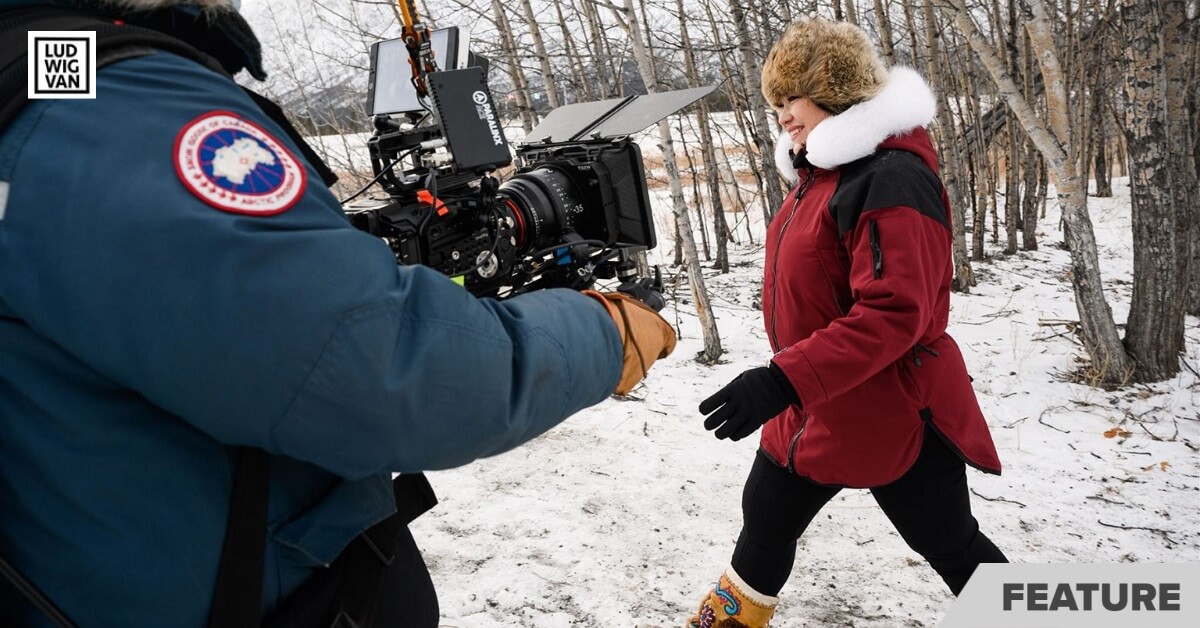
Against the Grain’s Messiah/Complex is streaming Apr. 1 to Apr. 13. Free tickets available here.
To say that Against the Grain’s Messiah/Complex was the surprise hit of the winter season is an understatement. The freebee livestream production was featured on CBC’s The National, followed by profiles on two different BBC programs, and two stories in the New York Times, all of which opened the floodgates for news clips and write-ups in outlets around the world.
The original run was supposed to be Dec. 13 to Dec. 26, but demand was so high it was extended twice, first to Jan. 7 and then to Jan. 31. The production had 130,000 hits with viewers from 40 countries, and it is the generous donations from these devoted fans that allowed the artists to be paid above and beyond their original fee. These donated megabucks have also financed the Easter rerun of Messiah/Complex.
I remember getting the initial press release and seeing that Handel’s Messiah would be sung in six languages, by 12 soloists and four choirs representing every Canadian province and territory, backed by the Toronto Symphony Orchestra. And my reaction? It was a curiosity, but then, over the years, I had become accustomed to Against the Grain’s artistic director Joel Ivany’s adventurous approach to opera. Who could forget, for example AtG’s La Bohème performed in bars and taverns across the country? After all, the motto of this small, Toronto-based chamber opera company, founded in 2010, was to present musical works in unconventional spaces and in innovative ways. Ludwig van dutifully assigned a reviewer (my colleague Stephan Bonfield) and then we waited for opening night.
It was only after experiencing Messiah/Complex that I realized the full scope of the enterprise. I was so profoundly moved that I immediately watched the film again with my emotions at full tilt. And yes, I shed tears, for the beautiful landscape that makes up Canada, for what our country could be in terms of inclusivity, for what Ivany and his co-creators had accomplished, for the new clothes, as it were, that Handel’s beloved oratorio had been given. Suddenly, there was a whole other story that needed to be told.
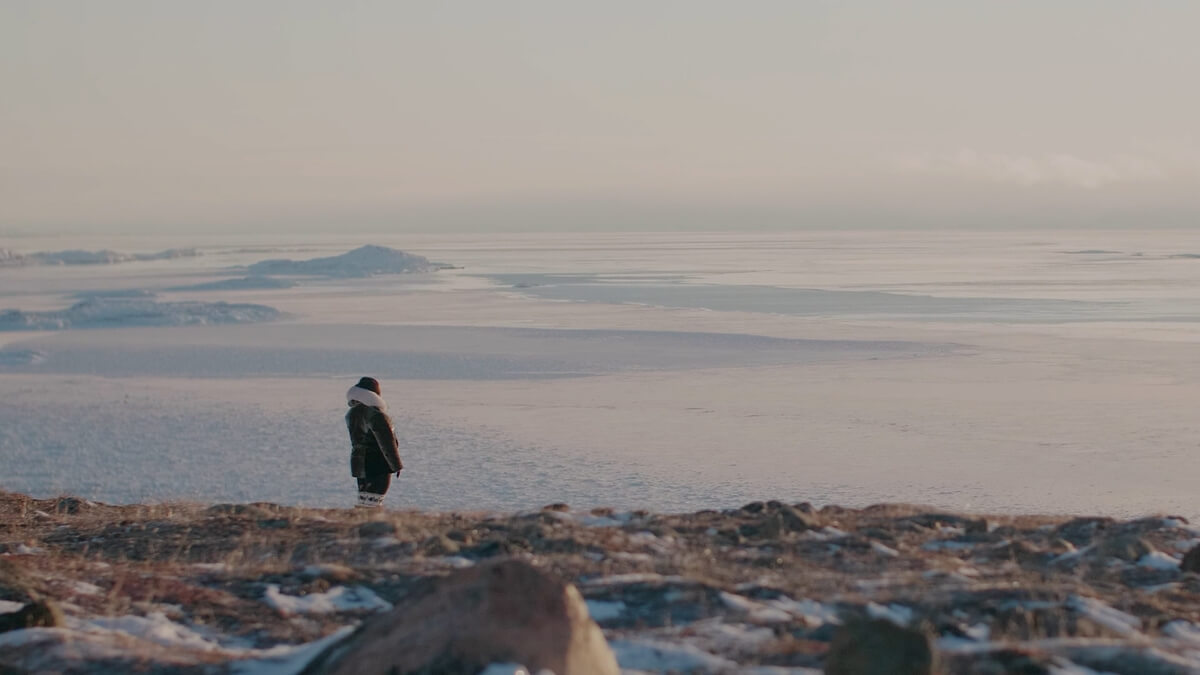
Where did the idea come from for using Indigenous and ethnically diverse singers? How did Ivany even find the singers? How did AtG land big guns like the Toronto Symphony and Canadian Opera Company music director/conductor Johannes Debus? How did AtG pull it off financially? How on earth did the rehearsals and filming take place during a pandemic? Clearly, AtG’s monumental production of Messiah/Complex needed an after story because it was one of the single greatest accomplishments in the annals of Canadian classical music, and so say I.
What follows are some of the answers from Ivany himself.
Doing Messiah was not a new idea because you had done your own very eccentric staged production in 2013 at the Opera House rock palace, which included a dancing chorus, as I recall, and again at Harbourfront Centre in 2015. So where did a pan-Canadian Messiah come from?
Messiah had been one of our most successful shows and we had planned to mount it at the Winter Garden Theatre in 2020, but then the pandemic hit, and we had to start thinking in terms of digital content. It’s an interesting dilemma that faced us as a company. Do we spend or save, waiting to see how the pandemic played out? We decided it was more important to hire artists. That was our main motivating factor.
Our company’s executive director Robin Whiffen, inspired by the Black Lives Matter protests, pointed out that classical music was not the best at inclusion or diversity. Although our company had certainly been more inclusive than most, she suggested that for our digital Messiah, we could be even more progressive, and draw our soloists from the BIPOC community, particularly Indigenous voices.
Messiah is a work of hope and joy, but Canada has equality and diversity problems. We could play an important role here, and the hope and joy could take on a special meaning. An audience watching Indigenous and Métis singers would appreciate that.
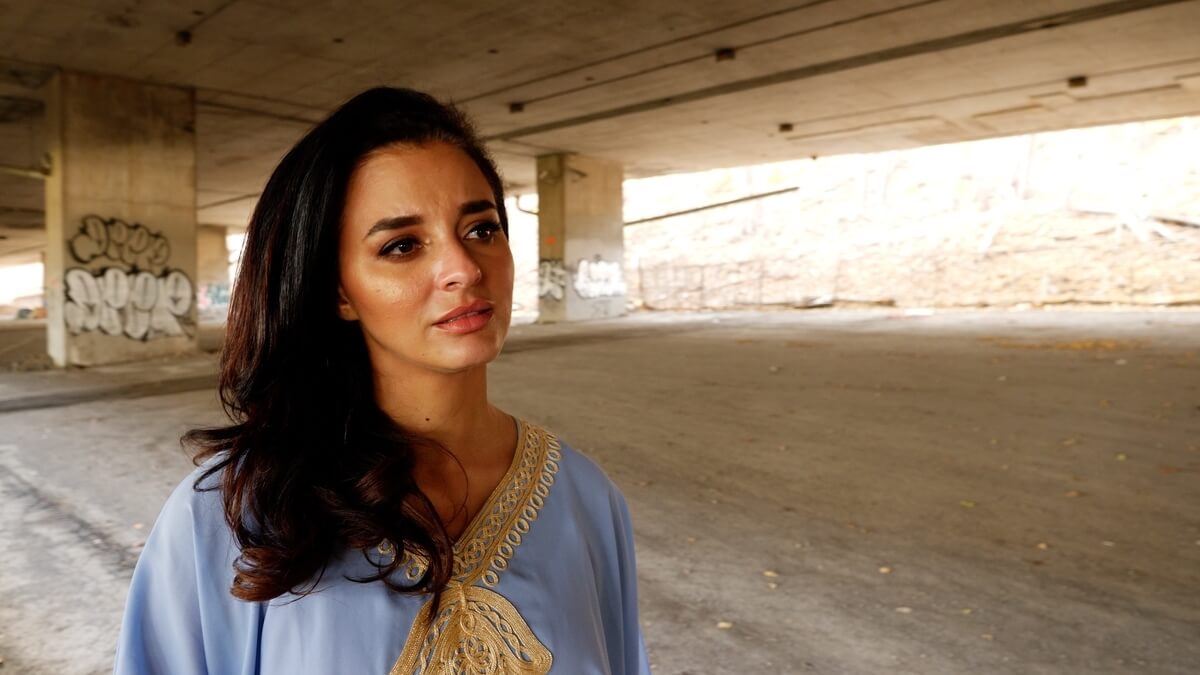
I’ve never thought of Against the Grain as having a political thrust.
I’ve been influenced by my wife, soprano Miriam Khalil, who is of Lebanese extraction, and a fierce person. She’s an associate director of the company, and she feels we should reach beyond the arts and explore social justice. She recorded our national anthem in Arabic for the TSO’s initiative that celebrated Canada’s sesquicentennial in 2017, by featuring singers performing in the 12 most commonly spoken languages in the country. It was Miriam who said, why not sing Messiah in the singers’ original language? She performs “If God Be For Us” in Arabic.
What about the translations? The soloists sing in three Indigenous languages.
Some were done by relatives, others we commissioned from elders because it was important to involve the communities. For example, the 91-year-old grandmother of singer Diyet from the Yukon, translated “O Thou That Tellest Good Tidings” into Southern Tutchone. We feature six languages in all — well technically seven — because there are two different dialects of Inuktitut, just one of the many things I learned in doing this project. We also have Dene, French, English, and Arabic.
We left creative control about language to the singers. Some were not comfortable and elected to sing in English. Some wanted subtitles and some not. Four ended up singing in their native language.
How did you go about finding the Indigenous singers?
I’m the artistic director of the summer opera program at the Banff Centre for Arts and Creativity, so I knew Reneltta Arluk, the Centre’s director of Indigenous arts. I approached her to be our liaison. It was important to have an Indigenous person at the same level as myself, so she became co-director of the project. Some singers I knew, and some Reneltta introduced me to. Others we found through research by contacting various arts centres. The soloists also include a Black and three biracial singers.
How did you even begin to pull the music together?
Actually, everything was done backwards. We recorded the orchestra first, and who would sing what got figured out later, depending on the vocal types we needed. Not all are trained opera singers. Some come from folk and pop. The singers used the TSO track to rehearse and record their arias. They also were the ones who fit the languages to Handel’s music.
And the choirs?
The choirs were chosen based on what provinces weren’t covered by the singers and that turned out to be the Maritimes. Canada is a country of choirs and people in the choral community were really helpful. Our question to them was, who performs Messiah out east?
How did the Toronto Symphony become involved?
It was a case of the right time and the right place. I approached Loie Fallis, vice-president of artistic planning, and it turns out she was looking for ways to use the TSO since the concert season was cancelled. At the same time, I learned that Johannes Debus was in town and he hadn’t been with an orchestra for nine months.
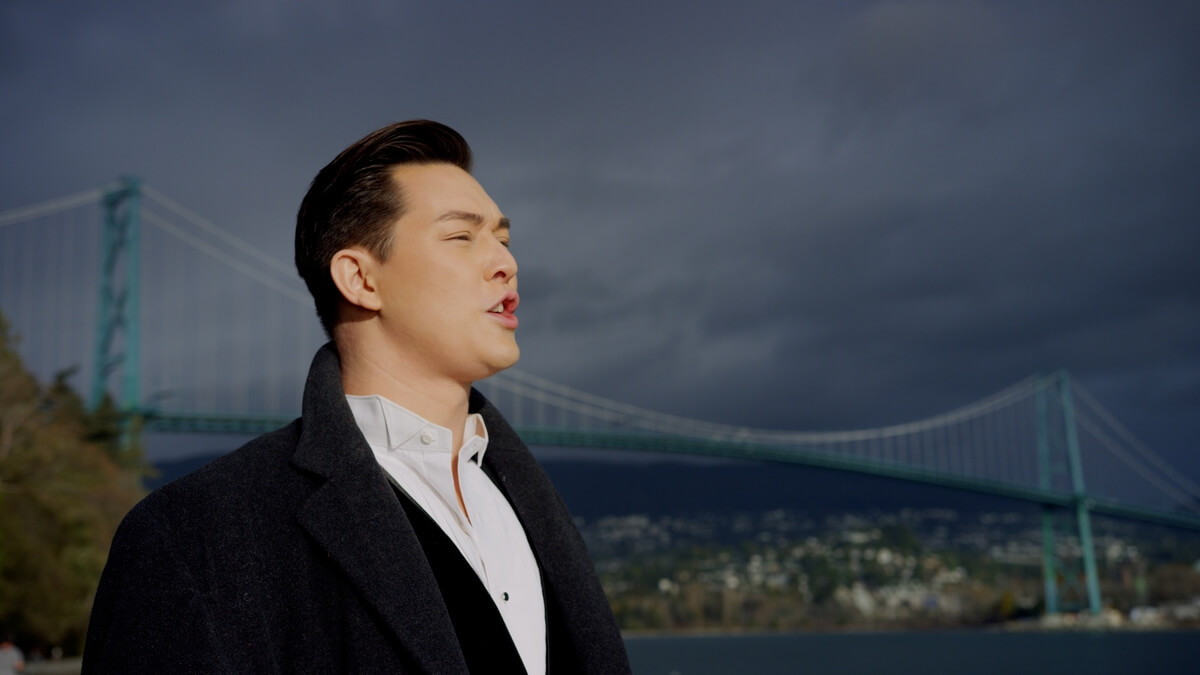
And the rehearsals?
The orchestra settled on 25 players, and a 60-minute time limit, so the numbers from the oratorio were chosen with that stricture in mind. Johannes worked out tempi and phrasing through zoom meetings. The actual recording took place over two days at Koerner Hall with proper social distancing measures in place through spacing, plexiglass dividers, and wearing masks. No player was allowed to move a chair. In fact, we enforced tighter rules than those mandated by Ontario.
How did you film the singers and choirs?
We found the film teams by asking around. For example, Manitoba Opera put us in touch with guys they use. In all, we employed ten different film teams, discussing with each one, and the singers, how we should shoot them. Some of the artists, like Diyet from the Yukon and Leela Gilday from the Northwest Territories, have music videos, so they were savvier about the shoot.
Were you at the filmings?
I was able to make the first shoot in Vancouver, and the Toronto ones, of course, but I couldn’t be at the other shoots because of travel restrictions. In all truthfulness, it would have been ruinously expensive to fly me all around the country.
The three Maritime choirs just needed one film team because they were in the Atlantic bubble. In the end, I had to trust the videographers to make their own decisions, like how many cameras to use. My dictum was “Have fun shooting!” In fact, there was a tremendous amount of good will from the artists and the filmmakers alike.
What was the driver in choosing how to film each singer?
We wanted to bring in their own stories, as well as including imagery and concepts that meant something to them in the context of Messiah.
Who was your technical team? That must have been a hell of a job, given the scattered forces.
Coffeeshop Creative is run by Stephen Bell who is a tenor in the COC chorus, so he understands opera. His firm does custom websites, and we needed a special one for the Messiah/Complex film. Stephen also did our visual editing and some video/film capture, and from an organizational standpoint, he had to meld 17 different films together to look like a whole cloth — 12 singers, four choirs, and Maestro Debus and the TSO. As for Doug Doctor who did the sound mix — he had quite a job pulling it all together considering that they were recorded separately.
You must have been on pins and needles waiting for the footage to come in.
We had discussed rough ideas with the artists and the film crews, but in the end, we had to accept what they sent us. Seeing these videos for the first time was absolutely a joyous surprise, and right away, we knew we had something special.
What was the budget?
$130,000, a lot of which came from the federal government’s Wage Subsidy Program. I also had face to face Zoom meetings with private donors.
That’s a ridiculously little amount, I have to say. How long did the project take in total to complete?
Five months. Nunavut was the last filming we did with just a couple of days to go, and it had to come by Canada Post because the internet connection was so bad, but miraculously, it arrived on time.
I’d really like to give our readers an inside look at the modus operandi behind each shoot because they were so wonderfully unique in terms of milieus, although the northern film crews seemed fixated on gorgeously embroidered mukluks tramping through the snow.
It came down to what would work well for them, and it is a snow-covered landscape. Several of the Indigenous singers owned their own snow boots. Deantha Edmunds in Labrador asked if we could get a pair made for her.
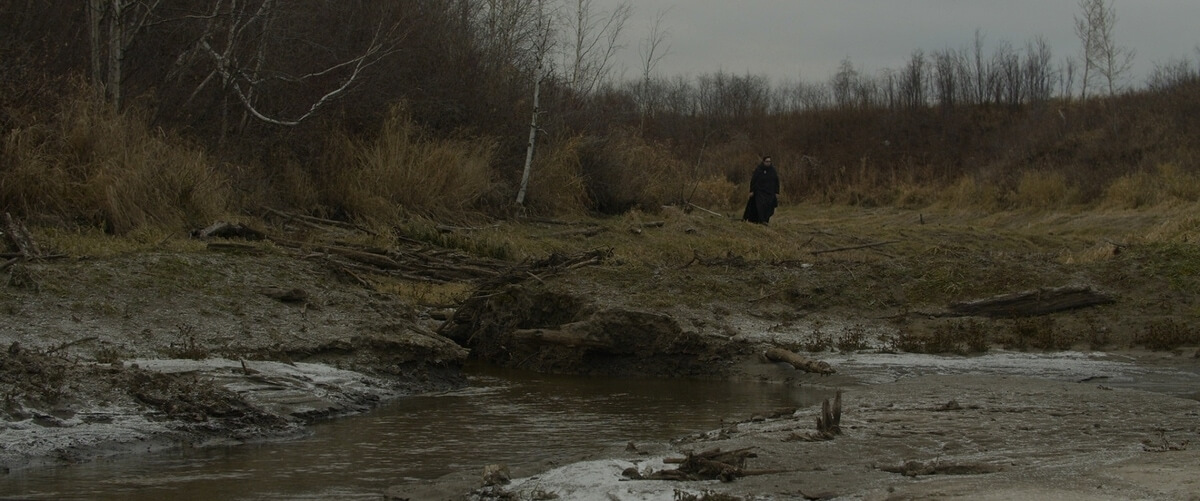
Maybe we can run down the artists and you can explain the locales for us. As you say, it was important for them to tell their own stories in the context of Messiah.
Toronto, biracial baritone Elliot Madore, (white mother, black father) was filmed at the Weston Lions Arena where he grew up playing hockey, and he manages to get a skate in. Apparently, hockey inspired him. There’s also video of him as a young boy playing hockey, as well as an appearance by his grandfather. (“Behold, I Tell You A Mystery/The Trumpet Shall Sound”).
Toronto soprano Miriam Khalil is Lebanese but was raised in Syria. She was filmed at the ruins of St. Raphael’s Church in Glengarry, Ontario. She remembered visiting there as a child because it reminded her of the ruins of Damascus. She sings in Arabic, and did her own translation. (“If God Be For Us”).
Edmonton-born, Toronto-based, Black mezzo-soprano Catherine Daniel was filmed in Graffiti Alley with its protest Black Lives Matter murals. Even more so, she was given an aria usually sung by a man, “Why Do The Nations So Furiously Rage Together?” which gives a whole new meaning to the words.
Vancouver, biracial, Chinese-Canadian tenor Spencer Britten, who is with the International Opera Studio at Staatsoper Unter den Linden Berlin, flew in for just one day, because we knew quarantine rules were about to come into effect. He flew back to Berlin the next day. He wanted to be filmed in the gay village. The stilettos are his own. It was important for him to acknowledge the gay movement. (“Comfort Ye My People/Ev’ry Valley Shall Be Exalted”).
Montreal, Tunisian-Canadian mezzo-soprano Rihab Chaieb begins under an expressway. It is a bleak landscape that suits her solo “He Was Despised,” where she changed the “he” to “she” to show how she, herself, felt rejected. We also see her at her mother’s home, as well as taking a gloomy walk through a moody city. She and a fellow singer did the translation. She sings in French.
Saskatchewan, biracial soprano Andrea Lett (whose mother is Taiwanese) wanted to show childlike wonder, and so we see a car trip, and a young child, all filmed in a provincial park. Her view of music and singing embraces this innocence. (“Rejoice Greatly, O Daughter of Zion”).
Alberta, Cree-Métis, two-spirit baritone Jonathon Adams is seen at a camp site chopping wood, almost in anger. The whole sequence is his reaction to the oil industry which we also see in the form of buildings belching smoke. They wanted to show their connection to the earth. (“Thus Saith The Lord/But Who May Abide The Day Of His Coming”).
Although Métis singer Julie Lumsden is from Manitoba, she sings in the stunning beauty of Lake Louise and Banff National Park. Her career has been in musical theatre so doing Messiah brought her back to her classical training. It was Messiah/Complex co-director Reneltta Arluk who wanted to show off that gorgeous part of Canada. She does work at the Banff Centre, after all. (“He Shall Feed His Flock”).
Yukon singer Diyet is shown walking the landscape, visiting her grandmother who did the translation for her, and being greeted by a host of children. She wanted to demonstrate the care and love and fragility involved in passing down the language and community traditions. Diyet sings in Southern Tutchone. (“O Thou That Tellest Good Tidings”).
Northwest Territories, singer-songwriter Leela Gilday wanted to include a spiritual aspect so she has a smudge pot and performs ancient rituals at both an outdoor encampment, and inside a tent. Prayer is an important component of her imagery. Three elders and several family members did her translation which she sings in Dene. (“I Know That My Redeemer Liveth”).
Nunavut singer Looee Arreak grew up with Messiah, and so is very familiar with it. She did her own translation. She chose to be filmed in the stark Arctic landscape which exudes enormous power in and of itself. She sings in both Inuktitut and English. (“He Shall Feed His Flock”).
Labrador’s Deantha Edmunds wanted to honour her father with the music and the landscape, and there are dramatic scenes of the sea and the tundra. The Moravian Church did her translation and she sings in her dialect of Inuktitut. (“How Beautiful Are The Feet”).
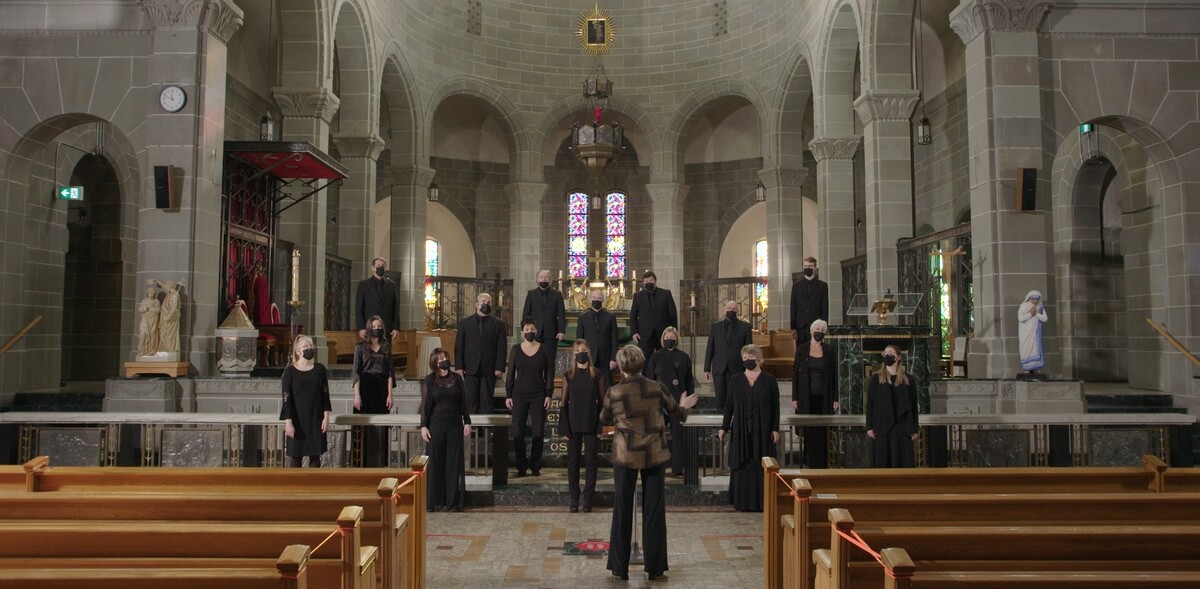
Did you have a mandate about shooting the choirs?
Yes, they all had to look different.
The students from the University of Prince Edward Island Chamber Singers, under conductor Sung-Ha Shin-Bouey, were asked to wear colourful scarfs, mitts and hats to express youthfulness. They were shot on the campus in front of the famous clock which dominates the square. (“And He Shall Purify”).
Halifax Camerata Singers are shown in relaxed, casual, rehearsal mode, and we actually start off with conductor Jeff Joudrey driving to the church. It is the camaraderie that is important here. The filmmakers also fit in a tour of the city. (“Worthy Is The Lamb That Was Slain”).
Le Choeur Louisbourg, under conductor Monique Richard, is based in Bertrand, New Brunswick, and is proud of its Acadian traditions. They are filmed in an impressive church, in formal concert attire, black masks, and black dress. They wanted a polished image. (“For Unto Us A Child Is Born”).
Toronto Mendelssohn Choir was fittingly filmed outside Roy Thompson Hall, all suitably spaced for social distancing, although, curiously, without masks. In any other year, that is where they would have been performing Messiah with the Toronto Symphony. Their conductor is Simon Rivard who is associate conductor of both the TSO and the Mendelssohn. (“Hallelujah”).
Messiah/Complex was such a big undertaking, and your little company pulled it off. You made some smart moves early on to publicize it.
In all fairness, I have to say we had some key help from Josh Knelman, whom I knew from Banff. He’s a journalist and editor who also has expertise in branding and marketing. He gave us good advice, like the fact that we needed a trailer as a teaser, and how to make a pitch that would get a response from the media. He helped us tell our story. He also suggested the title. We were talking about the complexities around the many issues facing the work, the diversity, languages etc., and Josh said that was our title, Messiah/Complex.
What are your feelings about the production’s stupendous success?
The film, I think, has a timeless quality. Clearly people were stirred by the music and by Canada. It’s funny. I’m basically a stage director, but it’s always been my ambition to make a powerful film one day, and now I seem to have done that.
#LUDWIGVAN
Get the daily arts news straight to your inbox.
Sign up for the Ludwig van Daily — classical music and opera in five minutes or less HERE.
- INTERVIEW | Actor Diego Matamoros Takes On Icon Walt Disney In Soulpepper Production Of Hnath Play - April 16, 2024
- SCRUTINY | Opera In Concert Shine A Light On Verdi’s Seldom Heard La Battaglia Di Legnano - April 9, 2024
- SCRUTINY | Lepage & Côté’s Hamlet Dazzles With Dance And Stagecraft Without Saying Anything New - April 5, 2024



